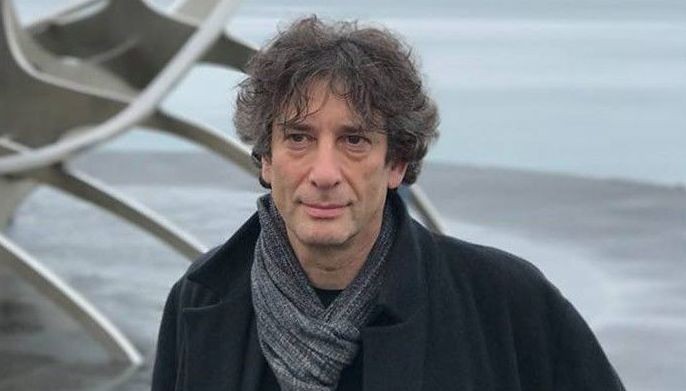Portrait of three artists as pioneers
October 16, 2006 | 12:00am
 These three artists started a revolution on canvas.
These three artists started a revolution on canvas.
The Ayala Museum recently announced that it will mount a special exhibition, which opens on Oct. 20 at Hambrecht Gallery of the Asian Art Museum in San Francisco, USA. The exhibit features the three pioneers of Philippine art: Juan Luna, Fernando Amorsolo and Fernando Zobel. It aims to "enrich the appreciation and understanding of the international community, especially the American-Filipinos, of the breadth and depth of the creative genius of Filipino artists."
"Pioneers of Philippine Art: Luna, Amorsolo, Zobel" features more than 30 paintings, chronicling 100 years of Philippine painting from the late 19th to the late 20th century.
According to Ayala Corporation president Fernando Zobel de Ayala, the three artists are "the most important names during their time," and they had a very distinct, pioneering artistic style. They have opened doors for the succeeding generations of artists. Zobel says, "We are very excited about the project with the Asian Art Museum. Maybe over time, we could include more artists."
The Asian Art Museum has asked the Ayala Museum to mount one or two exhibits featuring Filipino artists every two years.
The exhibition narrative, according to Ayala Museum director Dr. Florina Capistrano-Baker, focuses on the pioneering art of the three artists.
"They were revolutionaries, way ahead of their time," says Dr. Baker.
Juan Luna was the first Filipino artist to achieve international acclaim. "Luna had to prove himself in the grand academic style, but after he won the awards, he started experimenting." Dr. Baker considers Luna the precursor of the Filipino social realists, because toward the end of Luna’s life he was painting genre scenes of everyday life. "Luna predated Social Realism by a hundred years."
Fernando Amorsolo is the most iconic of all Filipino artists. "Amorsolo has been tagged as a conservative. But he was practicing impressionism during the time when (that particular style) was ostracized in the Western art academies. Amorsolo was a patriot. His paintings had coded messages."
Fernando Zobel is an artist of constant experimentation. His achievements as an artist, a teacher and a patron have had a "profound influence on modern art in the Philippines." Dr. Baker adds, "Zobel played a very significant role in introducing the modernist movement in the Philippines. I think without Zobel, the modernists wouldn’t have been accepted here. It was only after his death that they realized that he was ahead of his time."
The three masters were chosen because The Ayala Museum wants to show the evolution and development of Philippine art.
Dr. Baker concludes, "We want to educate the public by first exhibiting the established artists, and then connecting that to the Western art movement (during their time). The next series of exhibitions will progress further and further, so we can understand the trajectory of Philippine art."
BrandSpace Articles
<
>



















